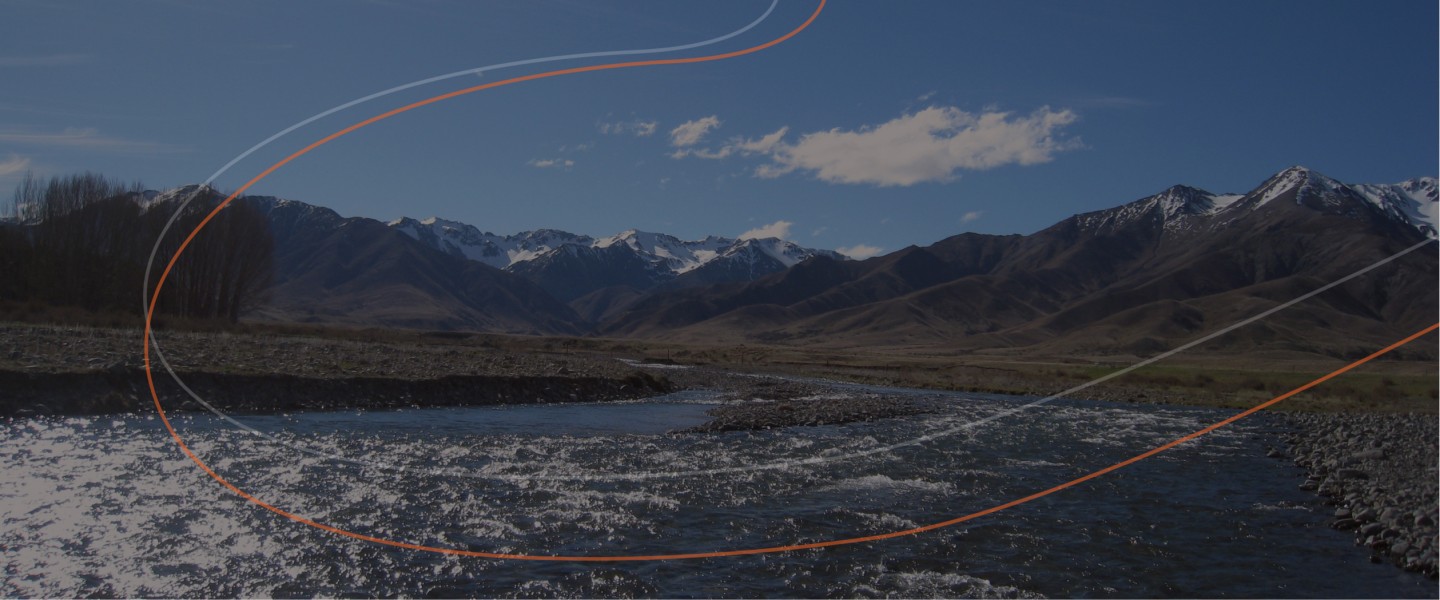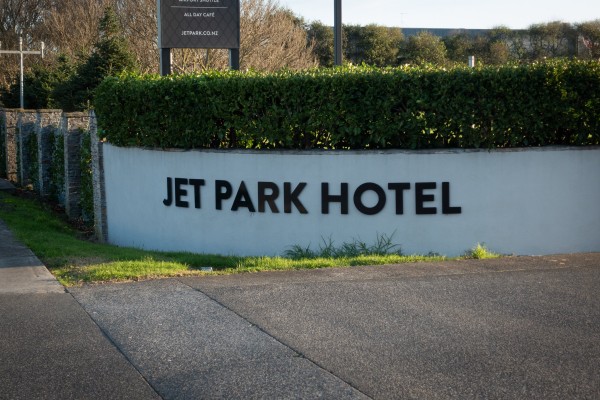References
- Lowy Institute. Covid Performance Index. Lowy Institute, 2021. Available from: https://interactives.lowyinstitute.org/features/covid-performance/ (Accessed 3 February 2021).
- Baker M, Wilson N, Blakely T. Elimination may be the optimal response strategy for covid-19 and other emerging pandemic diseases. BMJ. 2020;371:m4907. doi: 4910.1136/bmj.m4907.
- Godfery M. New Zealand’s Māori tribes deserve recognition for their part in vanquishing Covid-19. The Guardian 2021;(5 February). https://www.theguardian.com/world/commentisfree/2021/feb/06/new-zealands-maori-tribes-deserve-recognition-for-their-part-in-vanquishingcovid-19.
- Gregan K. MIQ nurses speak out: ‘We’re going to get sloppy … we’re tired and stressed’. Radio NZ 2021;(9 February). https://www.rnz.co.nz/news/national/436036/miq-nurses-speak-out-we-re-going-to-get-sloppy-we-re-tired-and-stressed.
- Gregan K. Covid-19: MIQ nurses concerned about staffing, instability at border facilities. Radio NZ 2021;(11 January). https://www.rnz.co.nz/news/national/434321/covid-19-miq-nurses-concerned-about-staffing-instability-at-border-facilities.
- Wilson N, Grout L, Kvalsvig A, Baker M. Time to Stop Dodging Bullets? NZ’s Eight Recent Border Control Failures. Public Health Expert (Blog) 2020;(16 November). https://blogs.otago.ac.nz/pubhealthexpert/2020/11/16/time-to-stop-dodging-bullets-nzs-eight-recent-border-control-failures/.
- Ministry of Health. 4 cases of COVID-19 in managed isolation (media release). 2021;(2 February). https://www.health.govt.nz/news-media/media-releases/4-cases-covid-19-managed-isolation-0.
- Helmreich RL. On error management: lessons from aviation. BMJ. 2000;320(7237):781-785.
- World Health Organization. Considerations for quarantine of contacts of COVID-19 cases. Interim guidance (19 August 2020). https://www.who.int/publications/i/item/considerations-for-quarantine-of-individuals-in-the-context-of-containment-for-coronavirus-disease-(covid-19).
- Wilson N, Baker M. Shifting all Isolation/Quarantine Facilities to a Single Air Force Base: The Need for a Critical Analysis. Public Health Expert 2020;(14 September). https://blogs.otago.ac.nz/pubhealthexpert/2020/09/14/shifting-all-isolation-quarantine-facilities-to-a-single-air-force-base-the-need-for-a-critical-analysis/.
- Checkpoint Radio NZ. Queensland considers purpose-built Covid-19 isolation facility. Radio NZ 2021;(5 February). https://www.rnz.co.nz/national/programmes/checkpoint/audio/2018782503/queensland-considers-purpose-built-covid-19-isolation-facility.
- Wilson N, Kvalsvig A, Baker M. COVID-19: the science and law are clear — it’s time for NZ to turn down the travel tap from high-risk countries. The Conversation 2021;(29 January). https://theconversation.com/covid-19-the-science-and-law-are-clear-its-time-for-nz-to-turn-down-the-travel-tap-from-high-risk-countries-154159.
- New South Wales Government. NSW hotel quarantine worker surveillance and testing program. (Current as of 9 February 2021). https://www.health.nsw.gov.au/Infectious/covid-19/Pages/saliva-testing.aspx.
- Check point Radio NZ. CCTV in more than half MIQ hotels not up to scratch. Radio NZ 2021;(3 February) https://www.rnz.co.nz/national/programmes/checkpoint/audio/2018782165/cctv-in-more-than-half-miq-hotels-not-up-to-scratch.
- Cheng D. Covid 19 coronavirus: Chafing under the rules – 76 bubble breaches in four months. N Z Herald 2020;(28 November). https://www.nzherald.co.nz/nz/covid-19-coronavirus-chafing-under-the-rules-76-bubble-breaches-in-four-months/5WLODXO7S4SBCZY7UWBWKSZOUI/.
- Cheng D. Covid 19 coronavirus: How often bubbles have been breached in MIQ (and how many people have been penalised). NZ Herald 2021;(9 January). https://www.nzherald.co.nz/nz/covid-19-coronavirus-how-often-bubbles-have-been-breached-in-miq-and-how-many-people-have-been-penalised/Q7MXNNMRJNGH7TM5T53VHH5MDM/.
- Government of Hong Kong Special Administrative Region. Government tightens restrictions and compulsory quarantine requirements for persons arriving at Hong Kong who have stayed in places outside China. (Press release) 2020;(25 December). https://www.info.gov.hk/gia/general/202012/25/P2020122500012.htm.
- Visontay E. Day 16 test: Australian health experts weigh proposal for post-quarantine coronavirus check. The Guardian 2021;(7 February). https://www.theguardian.com/australia-news/2021/feb/07/day-16-test-health-experts-weigh-proposal-for-post-quarantine-coronavirus-check.
- Ministry of Health. Covid-19 source of cases. (Last updated 5 February 2021). https://www.health.govt.nz/our-work/diseases-and-conditions/covid-19-novel-coronavirus/covid-19-data-and-statistics/covid-19-source-cases.
- Hadfield J, Douglas J, Geoghegan J, Storey M, Ren X, Freed N, et al. Re-emergence of community transmission in Aotearoa New Zealand – Genomic overview of the Auckland Outbreak. (Accessed 28 October 2020). ESR. https://nextstrain.org/community/narratives/ESR-NZ/GenomicsNarrativeSARSCoV2/2020-10-01?n=5.
- Lewis D. COVID-19 rarely spreads through surfaces. So why are we still deep cleaning? Nature. 2021;(E-publication 29 January). https://www.nature.com/articles/d41586-021-00251-4.
- Meyerowitz EA, Richterman A, Gandhi RT, Sax PE. Transmission of SARS-CoV-2: A Review of Viral, Host, and Environmental Factors. Annals of internal medicine. 2021;174(1):69-79.
- Ministry of Health. 6 new cases of COVID-19. Media Release 2020;(9 September). https://www.health.govt.nz/news-media/media-releases/6-new-cases-covid-19-4.
- Ministry of Health. 1 new case of COVID-19. Media Release 2020;(14 September). https://www.health.govt.nz/news-media/media-releases/1-new-case-covid-19-18.
- Quinn R. Covid-infected nurse ‘did everything right’, report finds. Radio NZ 2020;(6 November). https://www.rnz.co.nz/news/national/429973/covid-infected-nurse-did-everything-right-report-finds.
- Ministry of Health. No new cases of COVID-19. Media Release 2020;(2 October). https://www.health.govt.nz/news-media/media-releases/no-new-cases-covid-19-50.
- Ministry of Health. 2 new cases of COVID-19. Media Release 2020;(27 September). https://www.health.govt.nz/news-media/media-releases/2-new-cases-covid-19-21.
- Ministry of Health. 1 case of COVID-19 in quarantine worker. Media Release 2020;(7 November). https://www.health.govt.nz/news-media/media-releases/1-case-covid-19-quarantine-worker.
- Ministry of Health. 4 new cases of COVID-19 in managed isolation. Media Release 2020;(9 November). https://www.health.govt.nz/news-media/media-releases/4-new-cases-covid-19-managed-isolation.
- Ministry of Health. 2 cases of COVID-19 in managed isolation; update on Northland case. (Media release) 2021;(26 January). https://www.health.govt.nz/news-media/media-releases/2-cases-covid-19-managed-isolation-update-northland-case.
- Ministry of Health. Update on Northland case, and 6 cases of COVID-19 in managed isolation. (Media release) 2021;(25 January). https://www.health.govt.nz/news-media/media-releases/update-northland-case-and-6-cases-covid-19-managed-isolation.
- Ministry of health. 3 new cases of COVID-19 at the border and an update on border-related cases in Auckland. (Media release) 2021;(28 January). https://www.health.govt.nz/news-media/media-releases/3-new-cases-covid-19-border-and-update-border-related-cases-auckland.
- Ministry of Health. 7 cases of COVID-19. (Media release) 2021;(4 February). https://www.health.govt.nz/news-media/media-releases/7-cases-covid-19.
- Ministry of Health. 1 new case of COVID-19 in managed isolation; no new community cases. Media Release 2020;(30 October). https://www.health.govt.nz/news-media/media-releases/1-new-case-covid-19-managed-isolation-no-new-community-cases.
- Ministry of Health. 25 new cases of COVID-19. Media Release 2020;(21 October). https://www.health.govt.nz/news-media/media-releases/25-new-cases-covid-19.
- Ministry of Health. 9 new cases of COVID-19. Media Release 2020;(23 October). https://www.health.govt.nz/news-media/media-releases/9-new-cases-covid-19-5.
- Swadi T, Geoghegan JL, Devine T, McElnay C, Sherwood J, Shoemack P, et al. Genomic Evidence of In-Flight Transmission of SARS-CoV-2 Despite Predeparture Testing. Emerg Infect Dis. 2021;27(3).
- Canterbury District Health Board. International Mariners Quarantine: Summary of official information request (page updated 22 January 2021). https://www.cdhb.health.nz/about-us/document-library/international-mariners-quarantine/.
About the Briefing
Public health expert commentary and analysis on the challenges facing Aotearoa New Zealand and evidence-based solutions.
Subscribe

Public Health Expert Briefing
Get the latest insights from the public health research community delivered straight to your inbox for free. Subscribe to stay up to date with the latest research, analysis and commentary from the Public Health Expert Briefing.
